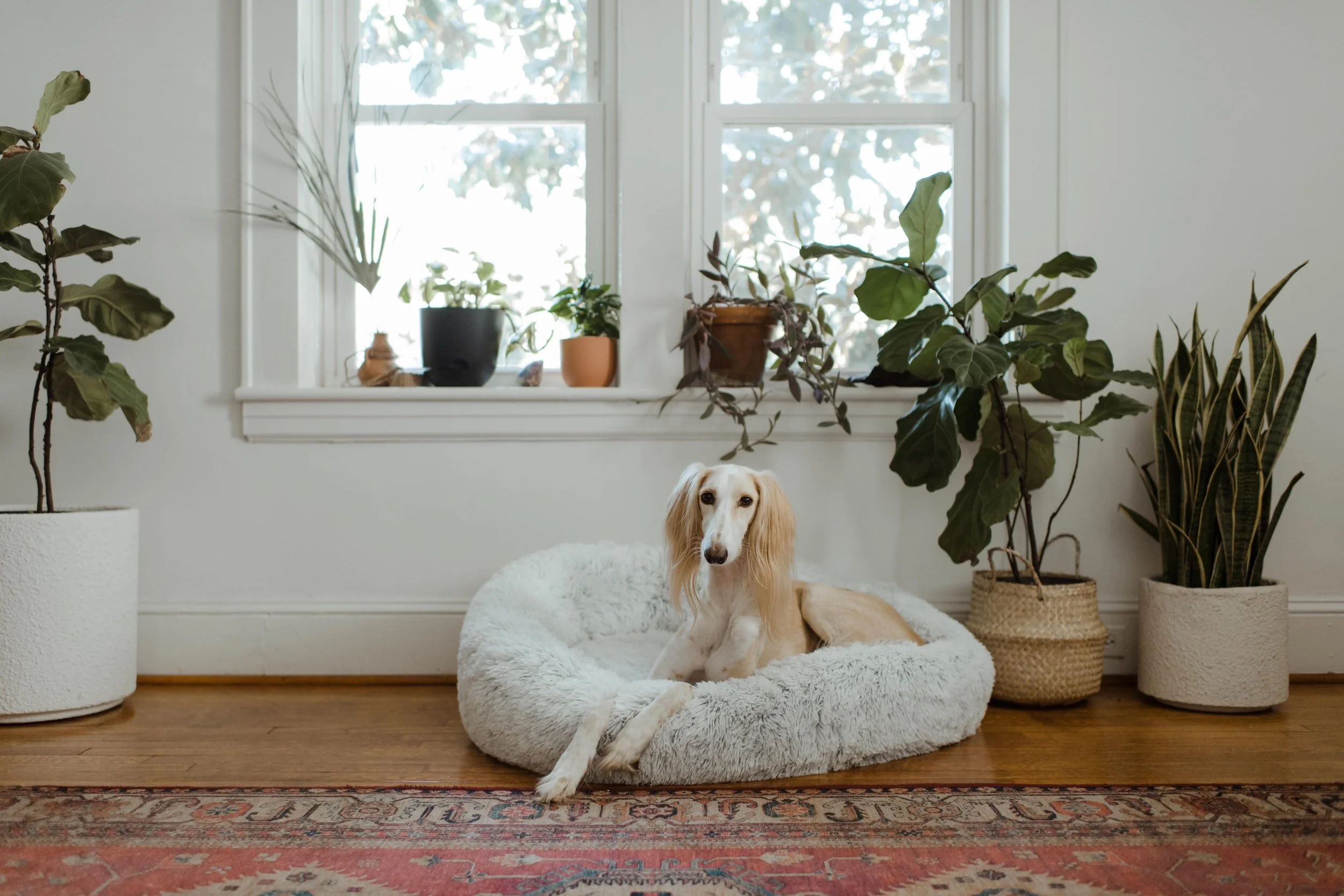Fleas can be a nuisance, especially during the warmer months when they are most common. Fleas can infest the most spotless homes and the cleanest pets due to their powerful jumping skills, the rate at which they reproduce and their ability to spread quickly throughout your home and on your pet. The key to fighting off fleas is to understand the flea life cycle and put in place a dual prevention and treatment program for both your pet and your home to break this cycle.
What are fleas?
Fleas are tiny, dark brown insects, that measure about 1-2mm long. These external parasites live on the skin and survive by feeding on the blood of animals.
Fleas are most common on dogs and cats, but can also infest other pets such as rabbits, guinea pigs, rats, mice, chickens as well as wildlife and humans.
How to pets get fleas?
One of the most common ways your pet will pick up fleas is from contact with other animals or contact with fleas in the environment. Fleas do not have wings, however, they can jump up to 150 times their own body length. This makes it easy for them to transfer between animals (both wild and pets) and from surrounding environments to your pet.
Dogs love to explore the outdoors so it is easy for them to encounter fleas on your daily walk or even in your backyard. This can be through contact with other pets or wild animals such as birds, rodents, rabbits etc. or places they have been, all of which may have fleas.
Signs your pet has fleas
One of the first signs your pet has fleas is when they start itching and biting themselves. Common signs your pet has fleas include:
Itching and biting
Skin irritation including redness of skin, scabs or bald patches
Seeing fleas on closer inspection of your pet’s coat and skin
Tiny dark specs in your pet’s fur (flea dirt and/or droppings)
Regular grooming is a great way to check your pet for fleas. Always be on the lookout for skin irritations, fleas or flea dirt and get in touch with your vet as soon as you see any signs.
Why is it important to treat and prevent fleas?
Flea bites are irritating and painful to your pet and frequent itching and biting can lead to skin damage.
Flea bites are the most common form of skin disease in pets. Some dogs and cats can develop a severe allergic reaction to flea bites. This is commonly known as flea allergy dermatitis, a painful skin condition that results in hairless itchy “hot spots” commonly seen on the base or back of the tail.
Heavy flea infestations can cause anaemia in very young or old pets due to blood loss. Fleas can also infect your pet with tapeworm larvae, causing a tapeworm infestation.
Understanding flea life cycle
Fleas go through four life cycle stages:
Egg
Lava
Pupa
Adult
Adult fleas live on animals, where they digest blood and lay their eggs. A female flea can lay up to 50 eggs in 1 day and up to 1,500 in a lifetime! The eggs hatch within 1-10 days and spread throughout the home and environment of your pet as they sleep, scratch and move around.
The hatched eggs release larvae and move deeper into carpets and under furniture away from light before developing into pupae. During the pupa stage they form cocoons where they wait for several days or up to one year until a warm bodied host appears. They then hatch, become adults and infest their animal hosts.
The life cycle can be as little as 2-3 weeks or as long as 12 months. To get rid of fleas you need to break this cycle using a dual flea treatment and prevention plan for both your pet and your home.
Getting rid of fleas on your pet
Prevention is always the best medicine and the good news is that there are a number of parasite treatments available such as tablets and chews, topical medications, annual injections, shampoos and sprays.
If your pet already has fleas, the preventatives will still kill them, but you may need to take more aggressive action such as prescription medication. A flea shampoo and comb can also be used to get rid of the live fleas on your pet.
Ask your vet for the most suitable products and program to protect your pet from fleas and other parasites. If you pet has skin damage from scratching, you will need to have this checked out by your vet too.
It is important to follow the advice of your vet on a suitable product for your pet’s type and age. Certain products suitable for dogs can be fatal to cats.
Getting rid of fleas in your home
Regular cleaning and treatment is required to break the cycle and bring the infestation under control in your home. This can take weeks or months depending on the level of infestation.
Vacuum your furniture, carpet, floors and skirting boards weekly. Pay particular attention to areas that your pet sleeps or spends most of their time. Dispose of the vacuum cleaner bag in a garbage bin outdoors each time.
Wash all your pet’s bedding, blankets, cushions and soft toys in hot, soapy water each week.
Speak to a licensed pest controller about applying a flea control spray or fogger in your home and backyard.
If your pet has been in your car recently, you will also need to vacuum the inside of your car. Keeping your grass short and garden trimmed can open your backyard to more sunlight and make it less inviting to fleas too.
Fleas can be irritating to your pet and in your home. Our vets can help you determine the most suitable products and program to treat and protect your pet from fleas and other parasites. To make an appointment call us on 03 8784 4444.








